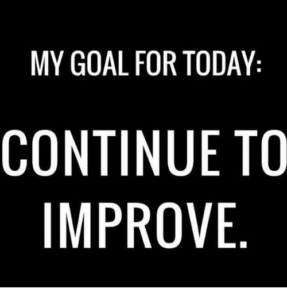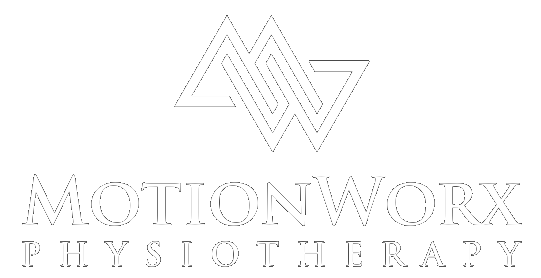Sometimes injuries are a very simple thing to deal with. Other times, they can be frustratingly difficult to navigate, or to even know where to start to solve the puzzle of healing. Below are some tips that can help set you on the right path, regardless of how complicated or long standing your injury is.
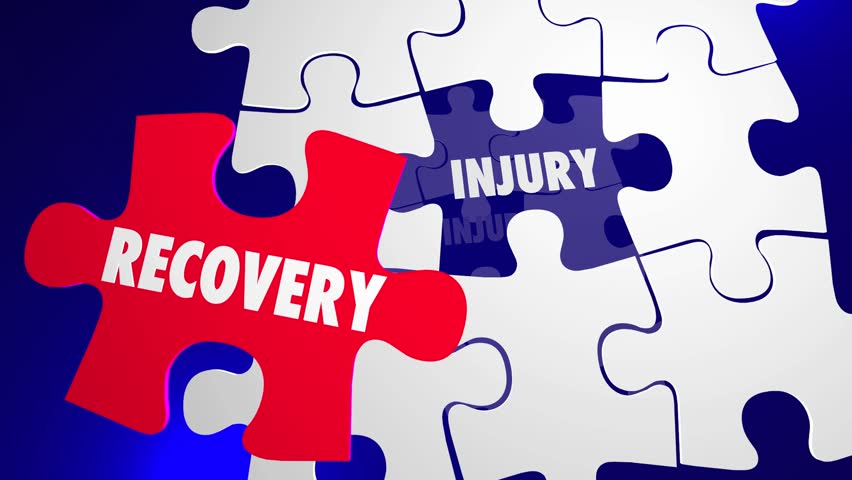
1- Find a registered healthcare practitioner that you trust and feel comfortable with
This is EXTREMELY important. If you plan to work through an injury, which can often be a significant barrier in your life, it is vital that you find someone that you know is going to go to bat for you, and that you “buy” into what they are asking you to do. If you do not feel that they truly understand your injury, how are you supposed to? If they are not educating you on what is wrong, or what you need to do to self manage, how are you supposed to know when you have done too much, or what to do when you have?
More important than knowledge, and even experience, is knowing that your healthcare provider (physio, chiro, massage, other) is there to help YOU. If they do not know what to do, they should refer you on to another practitioner who can help, or at least give guidance. There is nothing wrong with someone saying they “don’t know”, especially if they will find the answer. There is everything wrong with someone showing they “don’t care”. Do not settle for anything less than the best for your body.

2-Set goals
I can confidently say that most peoples only goal in injury rehab is to get rid of the pain. But as discussed in a previous post on pain, that pain is only a signal from the body saying (or screaming) that something is wrong.
Unfortunately, pain is also very subjective, and can change intensity with poor sleep, medication, or even emotional variances. For this reason, it is preferable to set a series of small goals that are objective and attainable markers along the path towards getting better. This could be as simple as walking down the street with no limp. It could be sitting upright for 30 seconds, every hour of the day. Or it could be getting a certain amount of sleep in a night. It is very individualized (like a snowflake!), so please discuss this with your healthcare practitioner to ensure that it is attainable/realistic and the best approach to reaching those goals.
Just remember: If you don’t know where the finish line is (or many lines in most cases), how would you know when you have crossed it?

3- Create a habit around doing your rehab
As there are MANY causes for “weakness” in an injury (such as atrophy, inhibition, neurological weakness, anatomical tear etc), the most important thing when doing a home exercise program, is to, as NIKE said, just do it. Creating the habit is vital for both doing the exercises on a regular basis, but also bringing your attention back to your injury on a regular basis. Early on, you may only be able to do half of the prescribed exercises (with great technique), but the fact you were able to regularly set aside time to do half of the prescribed exercises is more than a step in the right direction. In fact, its more beneficial than doing the exercises randomly, and then doing more than you should (with poor technique) to make up for the times you missed…Teach your body to move correctly on a frequent and regular basis, and eventually it will move correctly all the time.
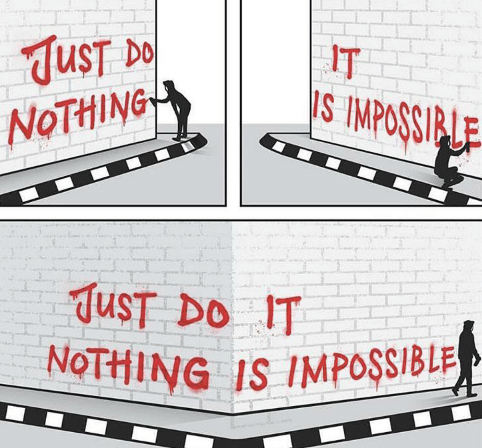
4- Develop pain limits and management strategies that align with your goals and beliefs. Pain limits will help you decide when you have done too much
Many people feel that they have to endure pain to get better. “No pain, no gain” is a load of BS. Remember that when you are doing a proper rehab program, you are trying to improve your weaknesses, or get your stiff spots moving etc. There is a limit to what your body will be able to tolerate in a given session, and doing double or triple than that, does NOT make the injury heal any faster. In fact, doing more will help reinforce compensation patterns that we are trying to overcome.
When you are listening to your body (often for pain, tightness, fatigue), you are more likely to know when you are at the limit of what you are able to do with proper technique. At this limit you should consider stopping what you are doing, and managing the symptoms. When you expect the symptoms, and you know HOW to manage them, the symptoms themselves are not scary. They are a natural obstacle to overcome on your journey to the small goals you have laid out. Make sure to discuss symptom management techniques (both by yourself, or by a practitioner) as you continue to move your body in proper movement patterns needed to regain normal function.
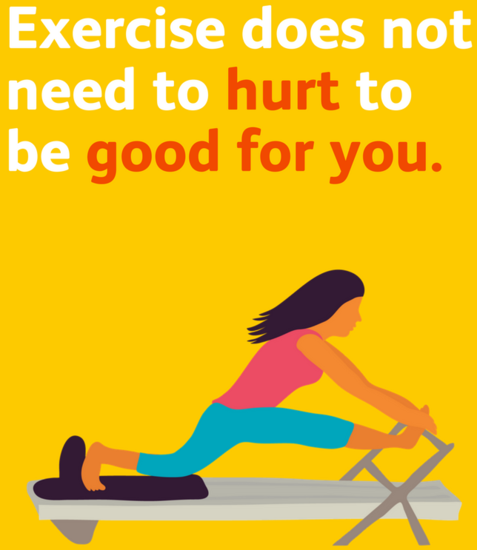
5. Do not fear the injury. Focus on education about your injury and what you can do about it.
As discussed in another blog post “Where is the Battle?” , the best thing you can to minimize issues in the future is educate yourself about your injury (start with getting a proper diagnosis about what is ACTUALLY going on). The less you are shocked by seemingly random bouts of pain, the more likely you can tackle the injury with a clear head and not let fear or emotion drive your decision making process (such as returning to work safely or getting back to a regular/modified training program). Sometimes, the best thing you can do to an injury is simply stop making it worse by irritating it with silly habitual patterns. If you have a sore neck, you may have to stop checking social media for hours in a slouched position on the couch. Just because you used to be able to do it, doesn’t mean you still can do it, or that it’s the best thing for your recovery.

6. Work hard. This is the equivalent to a job…not an inconvenience.
There is no substitute for hard work, but the truth is, its not always about working hard, its about working smart. For most people, an injury is an inconvenience that they tolerate until it goes away (or more commonly until the pain goes away). Only when it interferes with work or play, do they stop and take it seriously. If an injury is “big” enough to impact your work/play, then it definitely demands some respect and that comes in the form of learning about it, being consistent with rehabbing it, and doing little things (such as modifying behavior, being aware of posture)…all things that you would do if it were your job to get better. Why do professional athletes get better quicker than the average person? Genetics? maybe…More likely it has to do with the fact that they make millions of dollars to be in the best shape possible and have a team working with them daily….they treat it like a job, because it is.
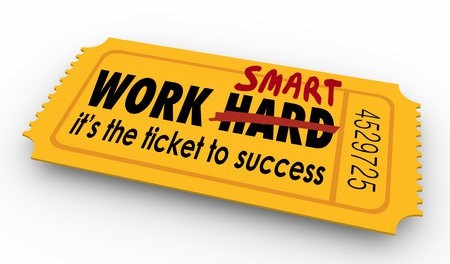
7. Modify your expectations.
Many people think that returning to normal work/sports is an all or none thing. In many cases, that can be true…but not always. Some jobs may require the person to return to full function before they safely return to their normal duties (such as a firefighter), and other jobs allow for a modification in duties until the person is ready to progress.
In sports, you may be able to return to practice, but you may just have to limit what you are doing in that given practice (limit intensity, or volume or directional changes). This may mean that you have to return to sports at 80% effort or half the duration, or if you need to go back 100%, realize it may take longer than expected. Think about being the “play maker” instead of being the “super star”.
It is important to lower the expectations of what you can safely accomplish, and also to develop your body to better handle these loads.
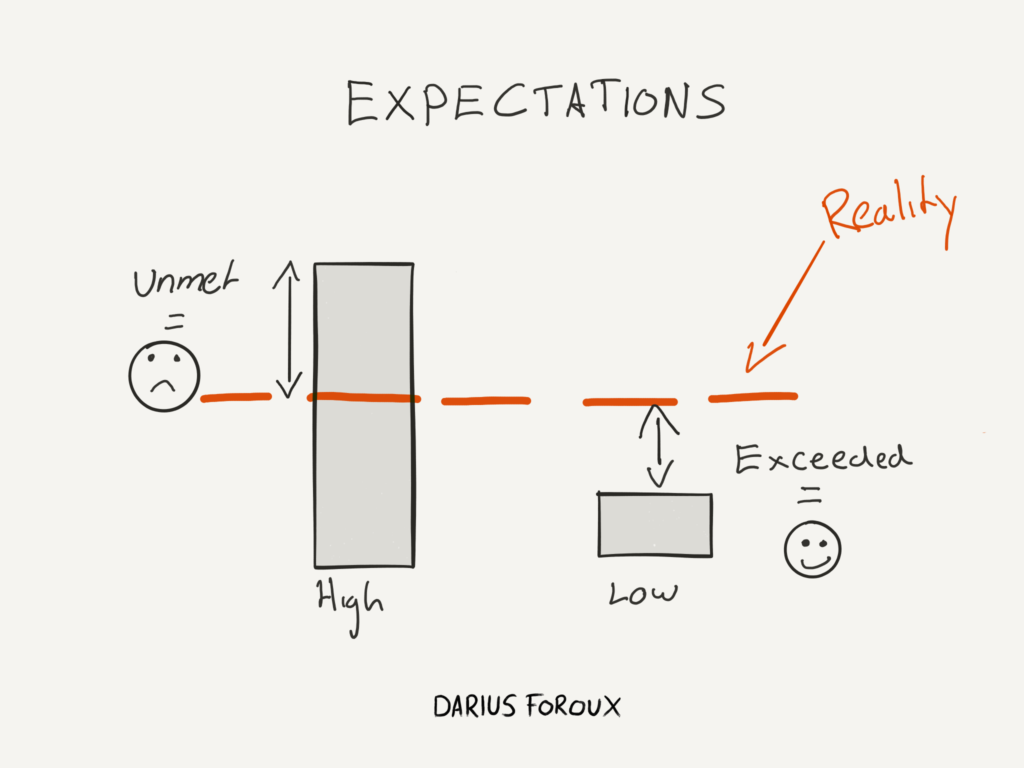
8. Sleep
The importance of sleep in healing is often overlooked. The majority of tissue healing takes place while we are sleeping. Pain tolerance is also lowered when someone gets less than their normal amount/quality of sleep. The problem is that pain itself can interrupt or completely interfere with sleep, which creates a vicious cycle. Often I will suggest that pain medication is perhaps the most important at sleep time (to allow sleep if it is being interrupted) and least valuable during the waking times, to allow the patient to be able to listen to their body when they have done something that irritates the injury. Make sure to discuss sleeping positions with your health care practitioner if you find that you are waking with pain that is not there during the daytime.

9. Monitor your change in activity levels and associated mood/psychology.
It is important to monitor (or have someone monitor for you) any changes in psycholological states such as anxiety, depression or even just frustration. This is particularly a concern in concussions- This will be discussed in a future series of blogs on concussions (stay tuned!)
While sometimes these changes can be beneficial, such as using frustration to drive you to seek out professional help, more serious forms require attention on their own. Progressing depression and anxiety can completely halt any form of activity and thus progress in the injury. These mental health issues do not carry the stigma they once used to, and if you feel (or your loved ones feel) that you may need assistance with your growing anxiety/depression (or other), do NOT be afraid to ask for help. If nothing else, bringing this issue up, allows others to help monitor your state, and can help you recognize when things may be “falling off the tracks”. As with all things surrounding success, communication with yourself and others is key.

10. Reward your small successes
It is truly amazing when an ongoing injury can be fixed overnight. But the truth is, that is almost never the case. Even if it feels significantly better, there are likely many things to work on to ensure that it does not return. With that in mind, make sure you set small and attainable goals. Then celebrate when you achieve a goal!
Think of it as taking one step up a staircase at a time. Definitely something that can be done one step at a time…try to jump up 5 steps, and you may fall back down the staircase. No one likes being that guy.
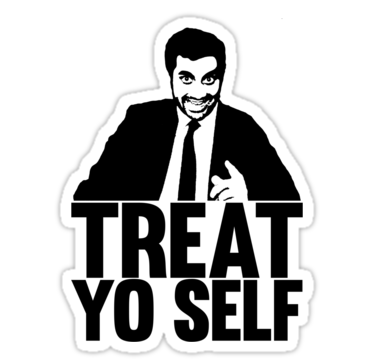
11. Re-Evaluate on a regular basis.
Not daily, but perhaps weekly/monthly. This will help you figure out where the new battle is. Many people fail to see the positive (or negative) changes that have been occurring as they are focusing on comparing day to day. This can make it very difficult to see overall improvements if there are subtle set backs that make it feel as though you are going nowhere. Ask others if they notice changes in how you move, write down things you can now do that you couldn’t a month ago, or schedule a monthly appointment with your trusted healthcare provider to reassess your progress and help give you new focus.

13. Refocus your priorities in life
While many people tend to focus on the things that they cannot do because of an injury, this puts a negative spin on every action. Acknowledge the things you cannot do currently and then use those as functional markers to your success (rather than pain). Now that you have more time on your hands not focusing on what you cannot do, perhaps this is the perfect time to spend more time with your family, or read, or do your taxes, or focus on strengthening the other parts of your body unrelated to the injury. The key is make a habit of finding success elsewhere, and it will carry over to your injury, and the rest of your life.
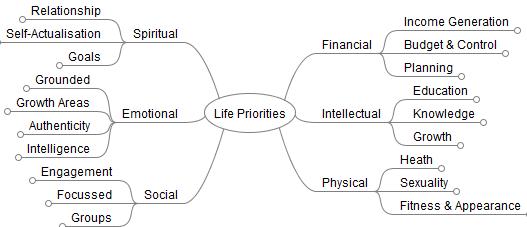
12. Understand that pain is the worst marker for success.
It is known that pain is the last one to the party and the last one to leave. Make sure that, while it is important to listen to your body, pain is just a way for your body to communicate with your brain to tell it that something is not going correctly (See our blog post on this topic). It is VERY IMPORTANT to remember that pain does not always equal harm. Sometimes, it is just pain.
The other thing that is important to remember is that success in injury rehab is not linear. This up and down progress can be normal with functional markers such as range, strength, and timed feats such as standing endurance. Pain, on the other hand, when used a marker for success looks like a crazy rollercoaster, especially as pain can come and go for many reasons unrelated to the injury itself.

14. Use this injury and rehab process to be a catalyst to be a better you.
If your injury is caused from sitting in a slouch too frequently, use the feedback of pain as a reminder to correct your posture. Do this consistently enough and you are making an improvement in your body and your life. If you are injured from being a weekend warrior, perhaps this is a perfect time to re-prioritize activity in your life and consistently make time for well-rounded exercise. If you spend all your time at the gym picking heavy things up, the injury will often require you to go back to the drawing board and work on smaller stabilizer muscles, which in turn will help you lift more, and in a safer manner.
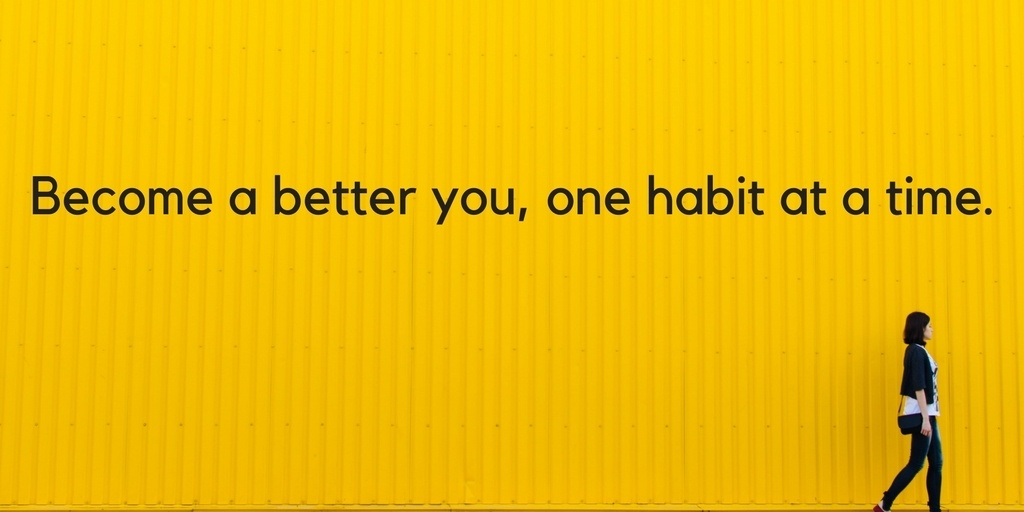
15. Continue to work at your weak spots that lead to your injury, not only to prevent the injury, but create relative new weak spots as you are now a stronger you.
While much of rehab can focus on isolating and improving your weak links (muscles or movements), the end goal is really to make you more efficient with moving, so there is less stress to the injury. By sharing the load with other, newly developed muscles, you become more efficient with movements, which allows you to focus on developed techniques, plays or more complex movements. Essentially, be cleaning up your weak spots, whether injured or not, you become a better you. Often plateaus in sport happen when athletes focus on one training technique or plane of movement for too long. Keep improving your weak spots and keep changing directions and you will inevitably improve.
